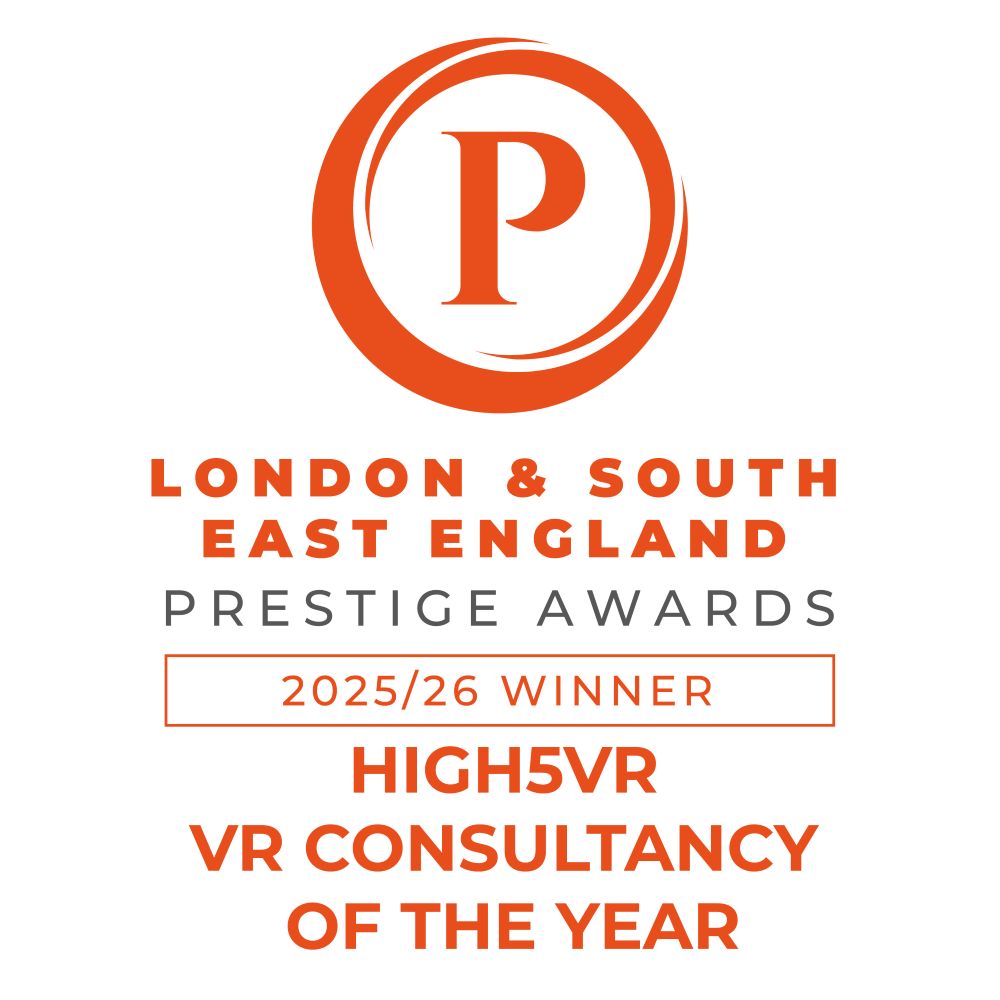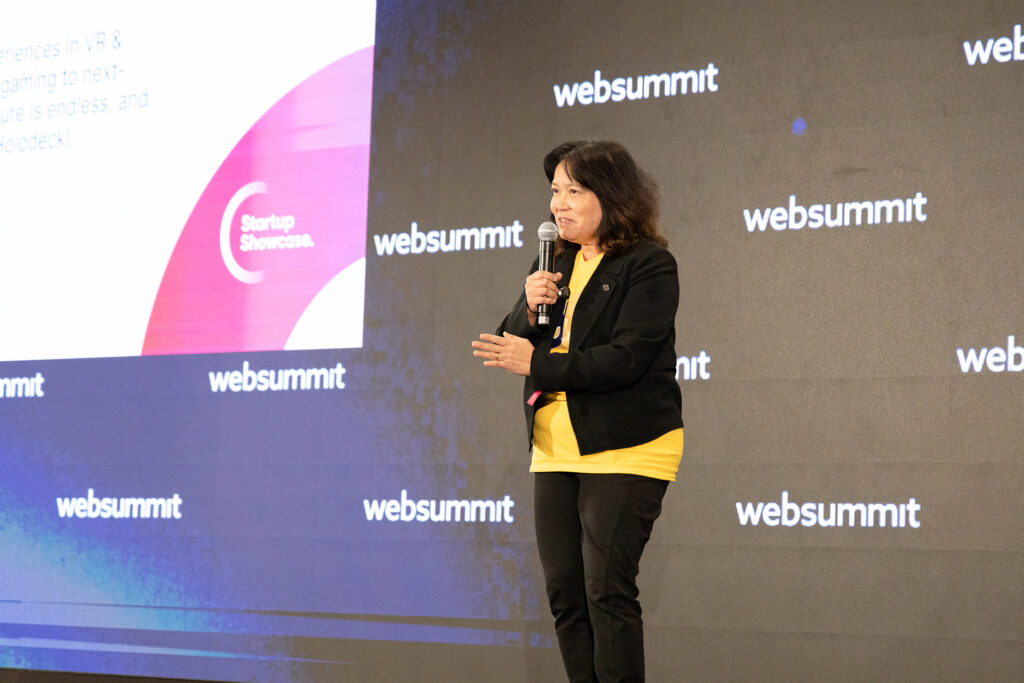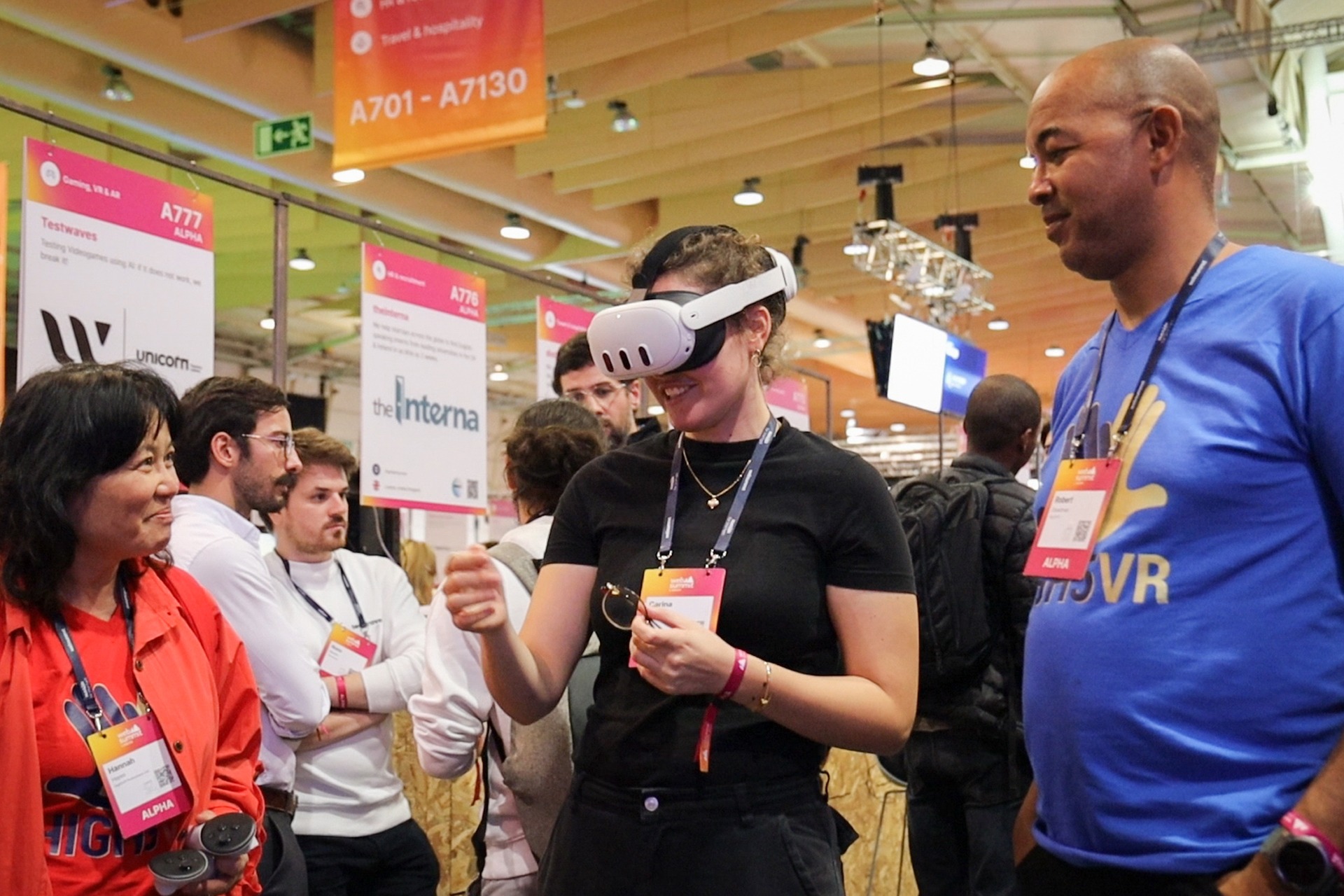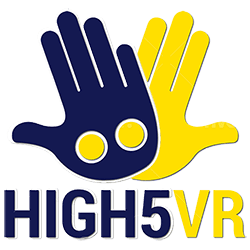High5VR is at the forefront of innovation, combining cutting-edge AI, virtual reality (VR), and augmented reality (AR) technologies to create immersive and transformative experiences. From groundbreaking VR and AR gaming to reimagined shopping environments, we are redefining how people interact with digital spaces. As leaders in AI filmmaking, we blend creativity with advanced technology to produce dynamic, future-forward content. Our mission is to push the boundaries of what’s possible, delivering impactful solutions for entertainment, commerce, and beyond, all while shaping the future of immersive technology
When developing software, businesses can qualify for research and development (R&D) tax credits from the government click here for more information
We collaborate with professionals across various industries. Here’s what Max Walton from Lamborghini had to say about working with us on AutoVR360:
High5VR is where the future of both shopping and gaming comes to life! On one side, we’re redefining the way customers shop, creating immersive virtual reality (VR) experiences that let you explore products in dynamic, interactive settings. On the other, our gaming division crafts pulse-pounding AR and VR worlds, transporting players into thrilling, interactive adventures.
Our AI-driven, tailored advertising solutions create unforgettable experiences, showcasing products with high engagement and delivering TV-quality advertisements—all within a budget-friendly framework. High5VR is here to make shopping exciting and gaming groundbreaking!
AI-Generated Adverts
Commercial For a Music Video
Commercial for Caribbean Herbal Teas
High5VR also pioneers the use of VR in education, training, and storytelling. Our VR safety training programs offer immersive, hands-on simulations that prepare individuals for real-world scenarios in industries like construction, healthcare, and aviation, enhancing both learning outcomes and workplace safety. In schools, our VR learning modules revolutionise education by bringing history, science, and art to life, fostering engagement and deeper understanding.
High5VR’s Movie and Documentary division is pioneering storytelling through the lens of AI and VR, bringing narratives to life in ways you’ve never seen before! Imagine stepping into a film or documentary, not just watching from the outside but experiencing the story from within. We blend cutting-edge AI filmmaking with VR to create immersive experiences that place viewers in the heart of the action. Whether it’s a journey through history or a futuristic adventure, our films and documentaries engage, educate, and inspire like never before. At High5VR, we’re making movies an experience, not just a viewing!
Trailer for our VR documentary

Technology
Using the innovative Meta Quest 3 pass-through technology, we seamlessly integrate virtual elements into any environment.

Immersive Sales
Transport customers into a virtual worlds where they can test drive cars or visit their dream location.

Immersive Training
VR & AR offers immersive training experiences like no other, revolutionizing learning across industries.
Don’t just take our word for it—check out the awards we’ve won!



Virtual and Augmented Reality
High5VR is at the forefront of revolutionizing the virtual and augmented reality landscape by leveraging cutting-edge technology to create deeply immersive experiences.
In addition to our development of AutoVR360, a groundbreaking virtual passthrough showroom, we are also producing a VR documentary that profiles Ash Miller, a renowned motor racing instructor and professional racing driver.
Our commitment extends further as we explore innovative VR and AR environments tailored for the gaming industry, pushing the boundaries of what’s possible in interactive entertainment.


Hannah & Rob at the Web Summit in Portugal
Virtual reality (VR) and Augmented reality (AR) are immersive technologies that create a simulated environment, giving users the sensation of being in a different place. This is primarily achieved through VR headsets, which cover the eyes and often include motion sensors to track the user’s movements. These headsets provide a stereoscopic display, creating a 3D effect that enhances the sense of depth and realism. Hand controllers, gloves, and sometimes full-body tracking systems are used to interact with the virtual environment.
The essence of VR lies in its ability to transport users to a different world. High-resolution visuals and spatial audio contribute to this immersive experience. The visual system involves two small screens (one for each eye) or a single screen split into two views, which together produce the 3D effect. Motion tracking ensures the virtual environment responds accurately to the user’s movements, maintaining the illusion of presence.
VR has diverse applications. In gaming, it provides deeply immersive experiences. In education, VR can simulate complex scenarios like historical events or scientific phenomena, making learning interactive and engaging. The medical field uses VR for surgical simulations and therapeutic treatments. It also aids professional training by offering realistic, risk-free environments for practice.
In essence, VR transforms digital interactions by enabling active participation and immersive experiences, significantly enhancing how we engage with digital content across various fields.





